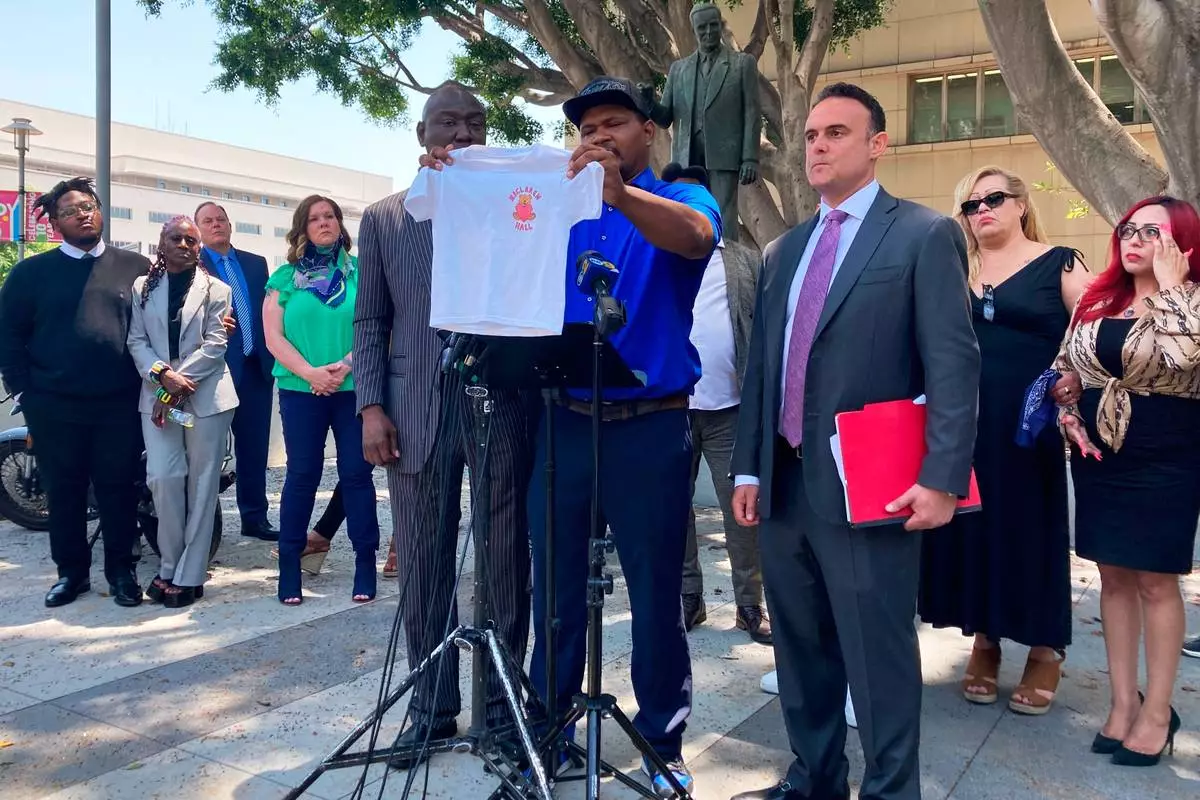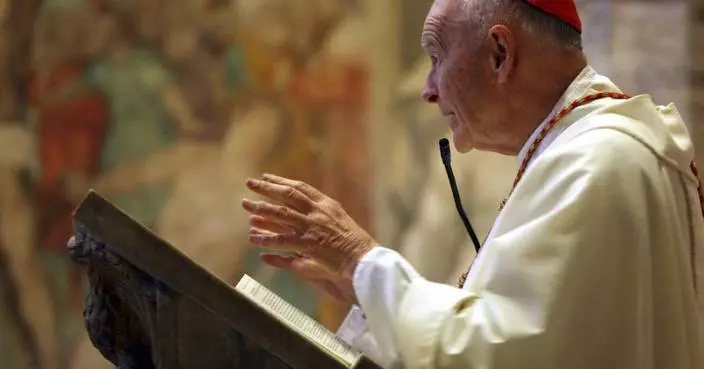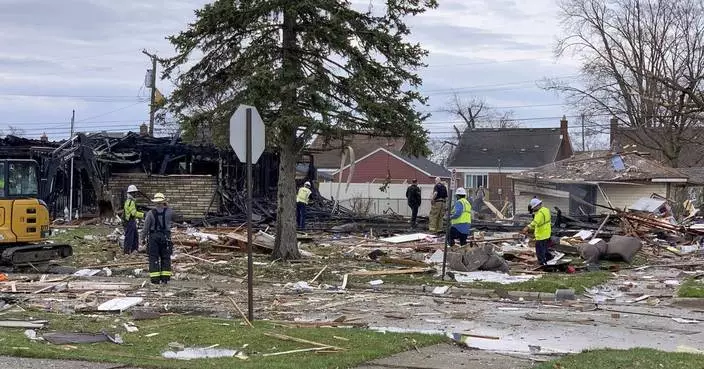NASHVILLE, Tenn. (AP) — Paul “Greg” House, who spent two decades on Tennessee's death row before he was finally freed, and later campaigned against the death penalty, died on March 22 at the age of 63, according to his longtime attorneys.
“Mr. House’s innocence was indefatigably championed by his attorneys and by his mother, Joyce House,” a statement from Federal Defender Services of Eastern Tennessee reads. “Although Mr. House spent far too many years wrongly convicted and facing execution, he was able to spend 17 years after his release with Joyce and his other family. He died peacefully with the knowledge that his innocence had been recognized.”
House died of complications from pneumonia after living for many years with multiple sclerosis.
House was convicted in 1986 and sentenced to death in the killing of neighbor Carolyn Muncey in rural Union County, Tennessee. House maintained his innocence through years of appeals. At one point in 2004, the 6th U.S. Circuit Court of Appeals declined to overturn a state ruling that denied House a new trial. One of the dissenting judges, Judge Ronald Lee Gilman, was so concerned that he wrote, “I am convinced that we are faced with a real-life murder mystery, an authentic ‘who-done-it’ where the wrong man may be executed.”
The case went all the way to the U.S. Supreme Court, where in 2006 the majority concluded that House would not have been convicted based on the DNA evidence that emerged years after his trial.
However, House remained in prison as prosecutors said they intended to retry him. He was finally released in 2008, when an anonymous donor posted his $100,000 bond. On the day he left prison, he told reporters, “I feel pretty good. All I am looking forward to is going home and eating some chili verde and pizza. I’m glad to be out. It’s been a long time.”
He was placed under house arrest at his mother's Crossville home while the threat of another trial loomed. Finally, in May of 2009, state prosecutors dropped the charges against him.
Joyce House told reporters at the time that they were “floating around here on Cloud Nine. ... It has been too long in coming.”
Stacy Rector, director of Tennesseans for Alternatives to the Death Penalty, worked with Joyce House for years to try to get Paul House released. Later, she continued working with Paul House to publicize his story. He joined Witness to Innocence, a death penalty abolition group led by people who have been freed from death row and their families.
“He was pretty honest about how he felt about the way he'd been treated by the system,” Rector said Monday. “It was sometimes on the salty side.”
After his release, House was “very content” to live with his mother, even though he had lost the ability to walk.
“He was so relieved to be out of that situation and cared for,” Rector said. “He loved his momma's cooking.”

FILE - Death row inmate Paul House talks during at interview at the Louis M. DeBerry Special Needs Facility in Nashville, Tenn, April 16, 2008. (AP Photo/Mark Humphrey, File)

FILE - Paul Gregory House, 46, who was on death row for 22 years after being convicted in 1986 of murdering Carolyn Muncey in East Tennessee, hoist his drink after seeing a "Free Paul House" shirt worn by Stacy Rector, executive director of the Tennessee Coalition to Abolish State Killing, after his release from prison custody at the Lois Deberry Special Needs Facility, Wednesday, July 2, 2008, in Nashville, Tenn. (AP Photo/Bill Waugh, file)


















































